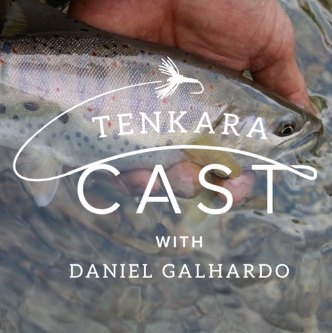In today’s episode of the Tenkara Cast, I cover the 6 main tenkara techniques I have discussed in the past in an audio format. I also go a bit more in depth about how to improve each of the techniques. Tenkara is simple, but there is always more to learn.
This is a longer episode, 53 minutes…and I recognize I’m probably a bit monotone sometime. So, do me a favor and listen to it in sections if you’re driving as I don’t want to be blamed for anyone falling asleep while driving.
To listen to all episodes of the Tenkara Cast visit our podcast page, or subscribe via iTunes.
Overview of the fly presentations with a tenkara rod
1) Dead-drift: allow the fly to naturally drift with the current
2) Pausing: move the rod tip upstream from the fly to pause the fly in place for a couple of seconds in spots where fish are likely to be, such as in front of rocks.
3) Pause-and-Drift: Put the rod tip upstream from the tenkara fly to pause it for a second or two, then let it drift, pause it again, let it drift.
4) Pulsing: with a rhythmic motion move your fly up and down, making the tenkara fly pulse with life. The tenkara fly will open its hackle when you pull it, but close a bit when you relax it.
5) Pulling: this is a bit like using your fly as a streamer, where you will impart a lot of action. Part of the tenkara line must be in the water to serve as an anchor as you pull the tenkara fly across or upstream about 1 1/2ft at a time. It is particularly useful in faster or higher water conditions.
6) Plunging: This is a technique that may be combined with any of the previous 5 techniques and is used to help sink your fly without using any weight, using currents instead. Cast upstream from a place where the water drops, plunges or gets channelled between rock, as the fly hits the part where the water is more turbulent, let some of the line into the turbulence to take it down. If you’re doing it correctly and hitting a good spot, your line will seem to stop for a couple of seconds, then it may move in circles a bit, and then it will move downstream, typically fairly deep.
